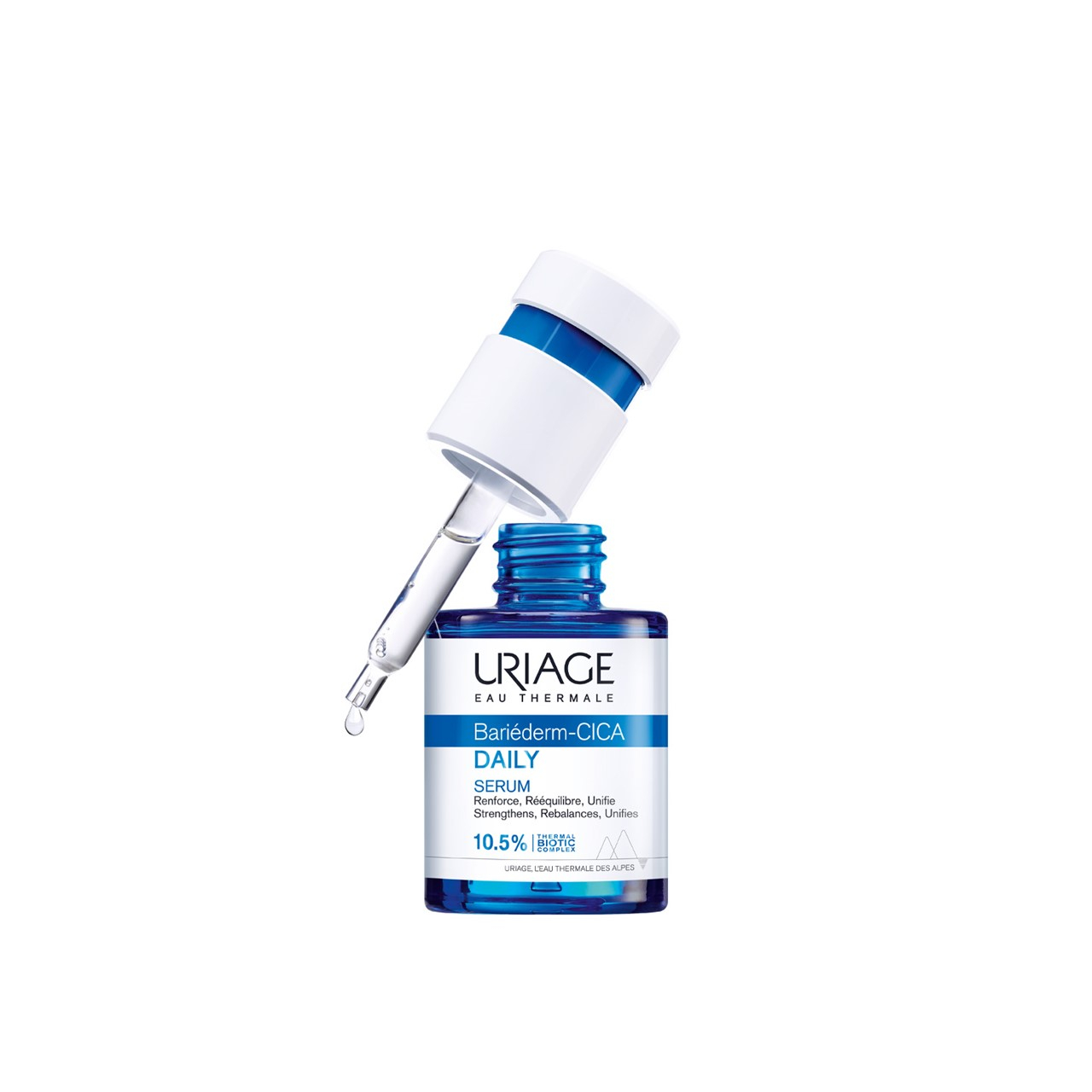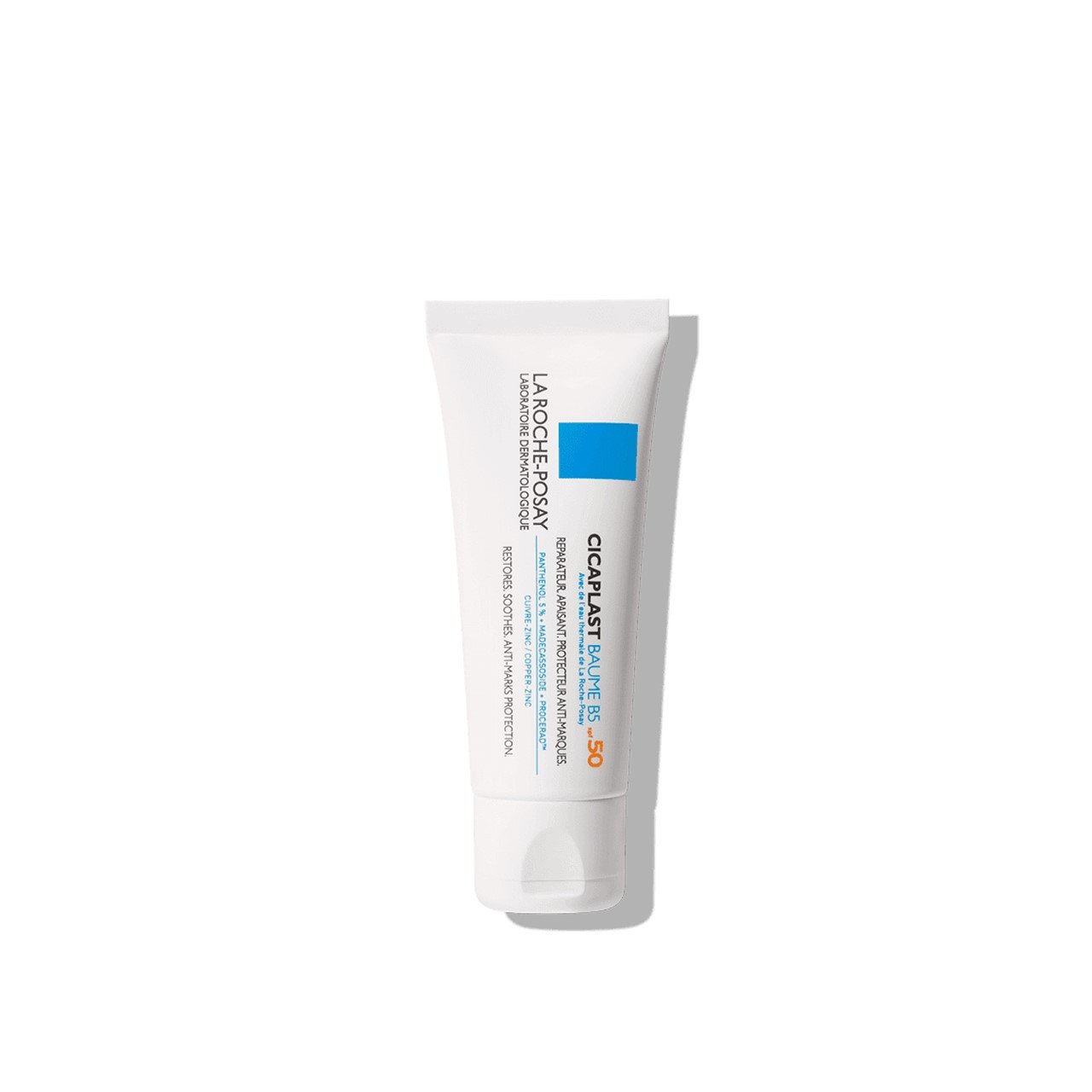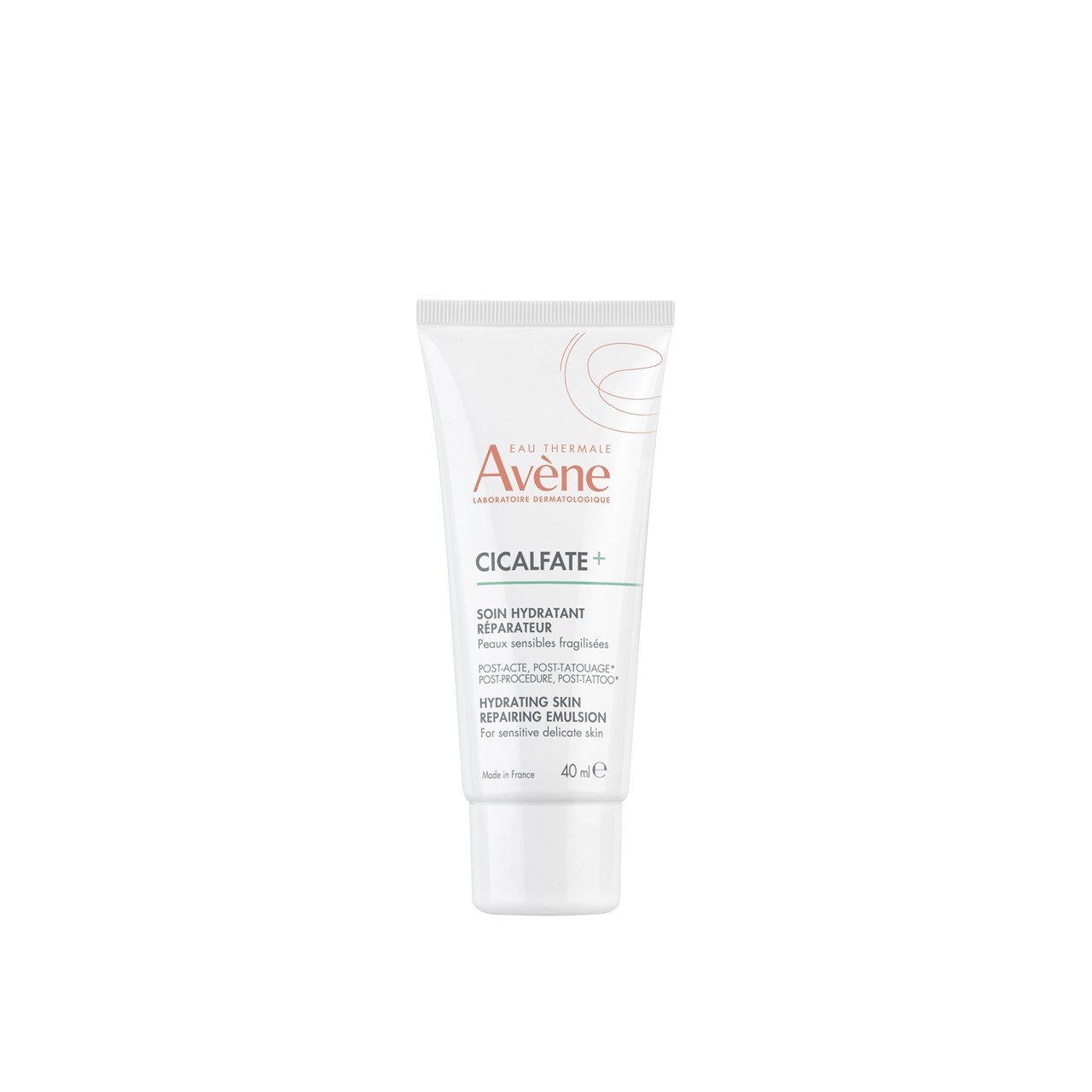
For some years now, skincare routines have been dominated by exfoliating acids and retinoids, very effective active ingredients that clearly show that, yes, in skincare as in all things, you can have too much of a good thing. Due to misuse or overuse of these ingredients, many people are now facing skin barrier damage that makes their skin feel tight, uncomfortable and prone to acne breakouts and rosacea flare-ups. The time has come for us to look into the skin barrier: how it works, how we disrupt it in our daily lives, and how we can repair skin barrier damage with small changes in our habits.
What is the skin barrier?
When we talk about the skin barrier, we’re referring to the protective function that the skin performs on a daily basis–after all, the skin is literally the border that separates our body from the outside world, controlling the exchanges between these two separate environments. Like any border, the skin barrier works in two directions, preventing the exit of elements essential to skin health and the entry of external aggressors.
In short, and to quote the scientists who are experts on the subject, “the skin barrier protects against extensive water loss in one direction (inside-outside barrier) and against the invasion of harmful substances from the environment (outside-inside barrier).”
Structurally speaking, this barrier function is performed by the epidermis, the outer layer of the skin, and specifically by the stratum corneum, which is the outermost layer of the epidermis.
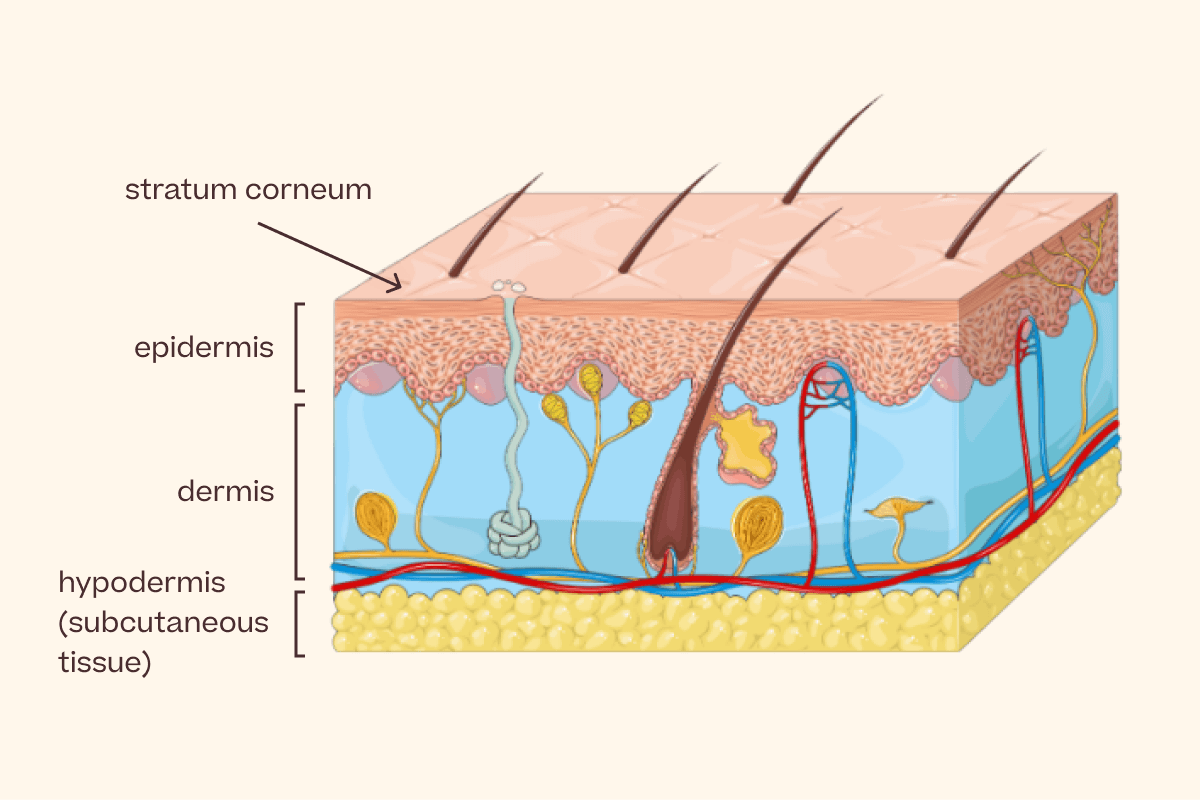
The structure of the epidermis, adapted from Hxtran on Wikimedia Commons
The stratum corneum has a “brick and mortar” structure, in which flat cells called corneocytes are the “bricks” and intercellular lipids are the “mortar”. According to studies, “while the corneocytes (bricks) serve as UV and mechanical barriers as well as playing a hydrating role in the stratum corneum, the intercellular lipids perform the functions of antimicrobial barrier, antioxidant barrier and permeability barrier.”
Changes to this structure can lead to a disrupted skin barrier, which in turn disturbs the exchanges that take place between our body and the outside world: external aggressors have an easier time getting inside, and the skin has a harder time holding on to necessary moisture. A disrupted skin barrier is often associated with skin disorders, and “the diseases with more pronounced barrier disruption are inflammatory diseases, such as irritant and allergic contact dermatitis, atopic dermatitis and psoriasis.”
How can you damage your skin barrier?
Your skin barrier can become damaged or disrupted for many different reasons, which include both intrinsic causes, such as genetic predispositions, skin disorders, or even natural skin aging, and more extrinsic causes, such as environmental aggressions or inadequate skincare routines.
For people whose skin barrier feels damaged all of a sudden, the cause can often be found in one of these:
- Overuse of active or harsh ingredients (intense peelings, retinoids, exfoliants, drying alcohols, etc);
- Harsh cleansing (or over-cleansing);
- Using harsh materials on your skin (rubbing a towel, using clothes made of rough fabrics, etc);
- Low-humidity environments that dry out the skin (air conditioning, heating systems, frequent airplane travels, low-humidity areas, etc);
- Scratching;
- Extremely hot water and/or long baths.
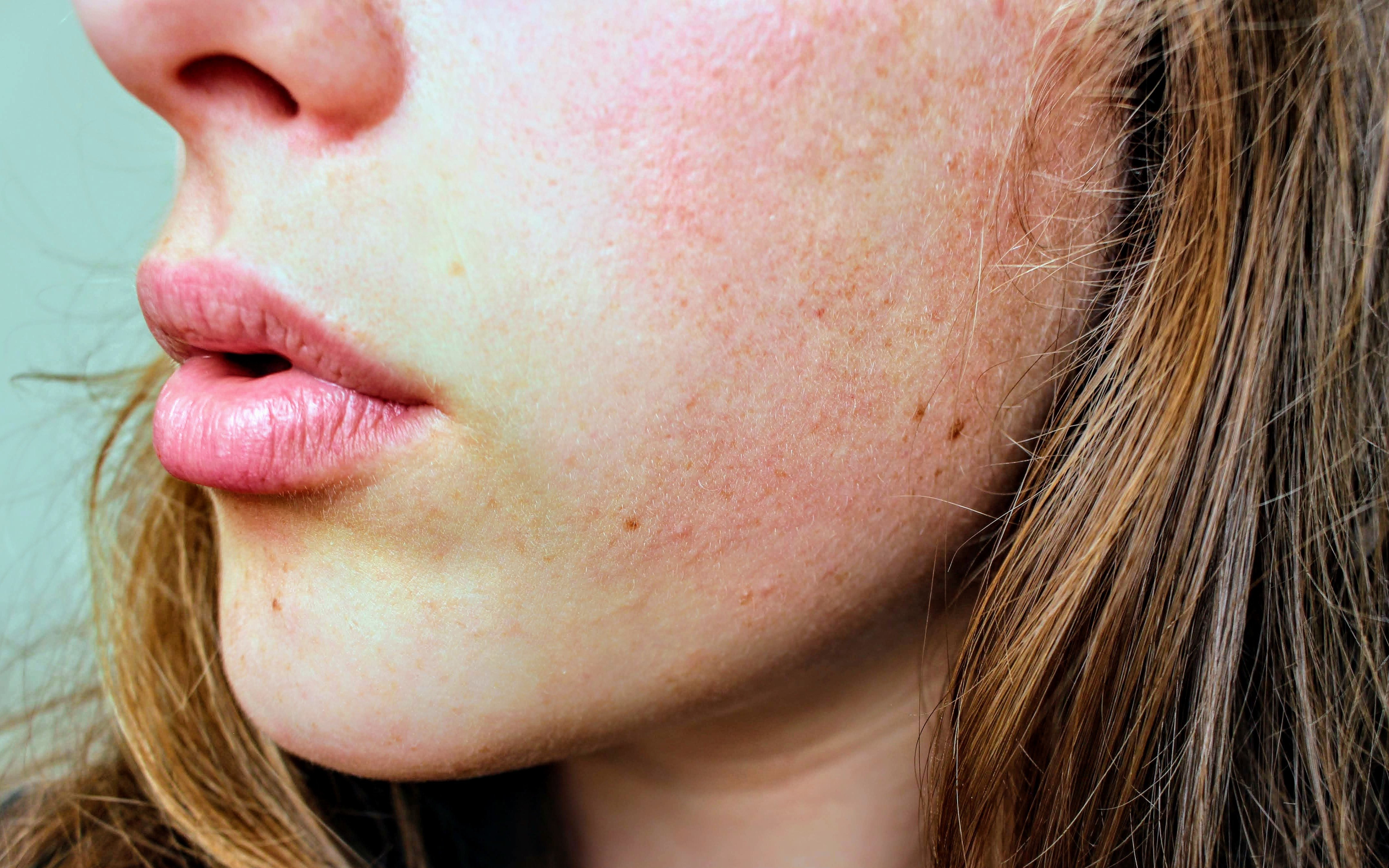
What does a damaged skin barrier look like? Common signs & symptoms
A disrupted or damaged skin barrier can manifest in different ways, but there are some common signs that you can keep an eye out for:
- Dry, flaky, or scaly skin, which may lift and peel in patches;
- Itching, stinging, or burning sensations, especially when you apply skincare products, no matter how mild;
- Papery, “crepey” skin that looks and feels thin, tight, and not very elastic;
- Rough or uneven patches;
- Acne breakouts;
- Noticeable redness (or outright rosacea), sensitivity, irritation, or inflammation.
How to repair a damaged skin barrier
The first thing you should do, as soon as you notice that you have a damaged skin barrier, is to step back and rethink your skincare routine. In a way, the best way to repair your skin barrier as naturally as possible is to stop using so much stuff.
The ingredients to avoid for a damaged skin barrier
Begin by removing all active ingredients for a little while, so your skin can heal itself. This means no exfoliating acids or microbeads, no retinoids, no depigmenting actives, and no harsh cleansers.
Additionally, you should also remove all fragranced products and keep an eye out for drying alcohols and essential oils.
And a final note: for some people, mineral-only sunscreens can be extremely drying. If your skin feels dry and tight even after you’ve removed all of the usual suspects, take a closer look at your daily facial sunscreen–your mineral sunscreen might be working against you.
The best ingredients to try for skin barrier repair
Now that you’ve removed some potential irritants, consider adding some ingredients that will actually help your skin heal:
- Moisturizers such as glycerin, low-concentration urea (5%), or high molecular weight hyaluronic acid;
- Repairing ingredients like ceramides, panthenol, cholesterol, and fatty acids;
- Soothing ingredients like niacinamide and Centella asiatica.
If you’re determined to give your skin the best possible chance of healing itself, there are a few other measures you can take: take short showers with tepid (not hot!) water, pat your skin dry instead of rubbing, use a humidifier in the rooms you use the most, and consider increasing your omega-3 intake.
The best products for skin barrier repair
Now that you know you’ve got a damaged skin barrier, you know which ingredients to avoid and which ingredients to add to your routine, you know about new habits that may help your skin heal, you may be wondering: but which products can you actually use to help repair your skin barrier? For situations like this, we tend to reach out for tried-and-tested skincare essentials:
How long does the skin barrier take to heal?
One question that often comes up is how long you should maintain your skin repair regimen–in other words, how long will it take to repair your skin barrier? There is no right answer to this, because the damage level will be different for each person. However, we recommend that you maintain a minimal and pared down skincare routine for at least as long as signs of skin barrier disruption remain visible. Once they’ve vanished, keep to your skin repair regimen for at least another week.
Don’t be in too much of a rush to return to your old skincare routine–now’s the time to take things slowly and let your skin rebuild itself.
And just in case you’re still looking for skincare products to help you on your skin healing journey, we’ve got you covered with our selection of barrier repair creams you can use every day, just like you would your regular moisturizer.
Pharmacy Technician & Beauty Writer


